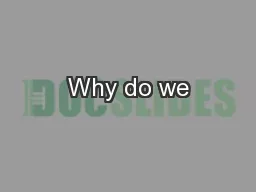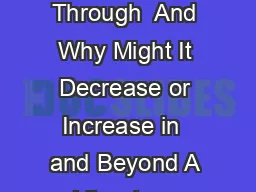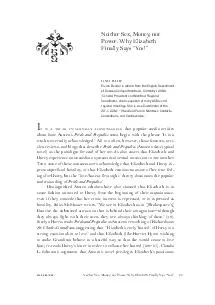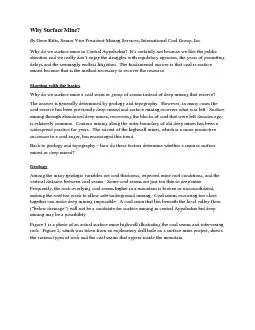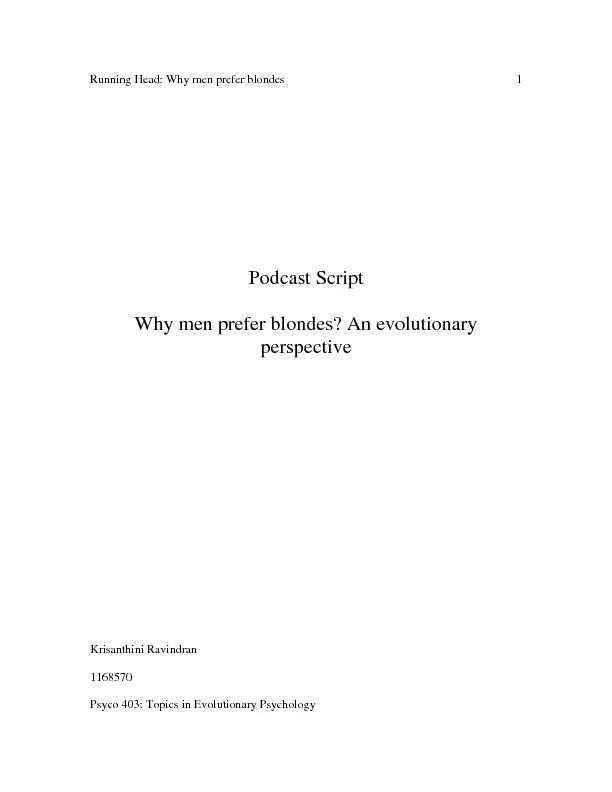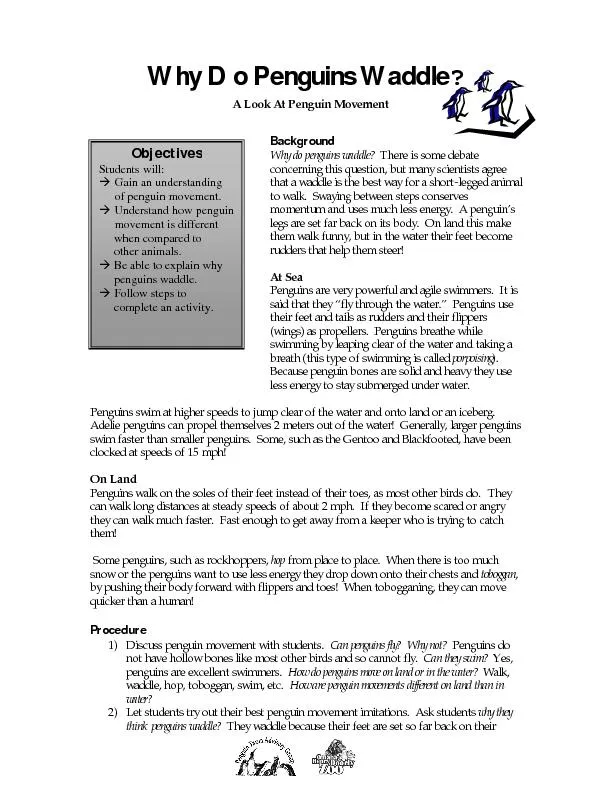PPT-Why do we
Author : faustina-dinatale | Published Date : 2017-01-23
partner Complex world no one part of society can achieve sustainability alone Innovation is required to find ways for humans to live without destroying the
Presentation Embed Code
Download Presentation
Download Presentation The PPT/PDF document "Why do we" is the property of its rightful owner. Permission is granted to download and print the materials on this website for personal, non-commercial use only, and to display it on your personal computer provided you do not modify the materials and that you retain all copyright notices contained in the materials. By downloading content from our website, you accept the terms of this agreement.
Why do we: Transcript
Download Rules Of Document
"Why do we"The content belongs to its owner. You may download and print it for personal use, without modification, and keep all copyright notices. By downloading, you agree to these terms.
Related Documents

